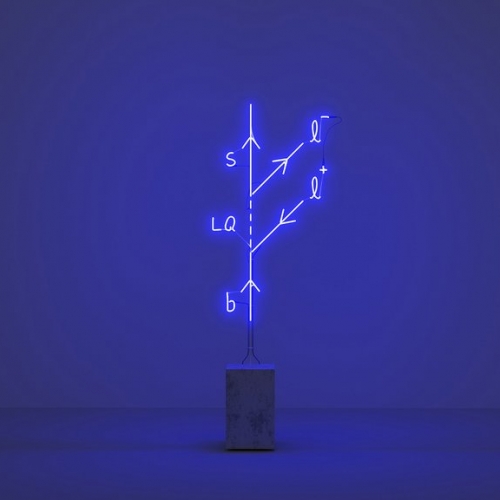ANDREA GALVANI
Unknown Unknowns – Triennale Milano
OPENING:
15 July 2022. Until 11 December.
WHERE:
Triennale Milano – Via Alemanna 6, Milan.
Curated by ERSILIA VAUDO
The exhibition, curated by Ersilia Vaudo, astrophysicist and Chief Diversity Officer of the European Space Agency, is the nerve center of the 23rd International Exhibition. An area whose boundaries are hazy and permeable, and that present more than a hundred works, projects and installations by international artists, researchers and designers dealing with the unknown.
Unknown Unknowns addresses a series of themes including: gravity, seen as “the greatest designer”, an artisan that tirelessly shapes the universe to which we belong; maps, systems by which trajectories and routes are determined; the new challenges facing architecture, that is opening itself up to brand new prospects such as how to live in extraterrestrial space; and, ultimately, the mysteries linked to deep space.
The themed show includes four special commissions that Triennale has handed to the Japanese artist Yuri Suzuki, the Italian designer Irene Stracuzzi, the US architects’ collective SOM, and the Turkish-American artist Refik Anadol. As well as the commissioned works, the show includes a series of site-specific installations, including those produced by Andrea Galvani, Tomás Saraceno, Bosco Sodi, Protey Temen, Julijonas Urbonas and Marie Velardi.
In addition, along the exposition route, there are also four Listening Chambers, spaces in which sound becomes spoken words, and visitors can abandon themselves to the narrations of leading figures from the world of science. Thus, the neuroscientist Antonio Damasio addresses the theme of the self and of conscience, the theoretical physicist Carlo Rovelli deals with time, the philosopher of biology Telmo Pievani reflects on the origin and theoretical physicist, Lisa Randall.
With a view to reuse and sustainability, the staging for the themed show – designed by Space Caviar and created by WASP is wholly created with 3D printing. It was produced in the spaces of Triennale by large printers on an architectural scale, using only natural materials, largely deriving from the food industry.

